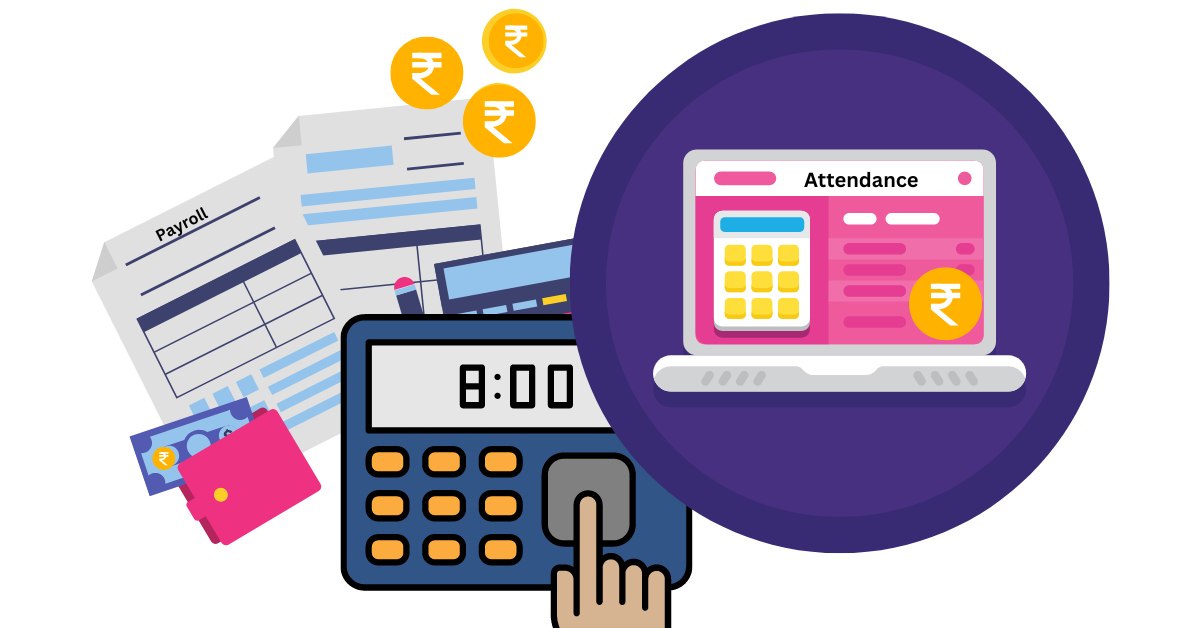Common Payroll Attendance Software Challenges and How to Overcome Them
Keeping track of work hours, breaks, and leave should be simple. But many companies still struggle with errors, delays, and...

Keeping track of work hours, breaks, and leave should be simple. But many companies still struggle with errors, delays, and mismatched records. While payroll attendance software is designed to reduce these problems, it can also create new ones when not set up properly. Issues like missed punches, poor integration, and unclear policies often lead to payroll confusion. Check out this breakdown of the common challenges businesses face and what they can do to solve them effectively.
Time entry errors lead to payroll problems
A small error in logging hours can create big trouble. When staff enter time manually or forget to log in, records get messy. Some employees may even use “buddy punching” to clock in for others. These mistakes add up and hurt both productivity and pay accuracy. To solve this, companies must switch to digital time capture. Tools that auto-log work hours, whether by app, desktop, or biometric, can make records cleaner. They also reduce back-and-forth between HR and employees about who worked when.
Lack of system integration causes confusion
Disconnected systems make simple tasks harder. When attendance tools don’t talk to payroll systems or leave trackers, errors happen. Time data may get missed or miscalculated. This leads to delays, double work, or even wrong salary payouts. One way to fix this is by setting up a workflow management solution that connects every system. When leaves data and work hours sync in real time, there’s less room for error. Employees can track time, request leave, and view balances in one place.
Missed punches go unnoticed until it’s too late
One missed punch can take hours to correct if no one spots it on time. If teams rely only on monthly attendance reports, they may miss daily slip-ups. This causes payroll delays and extra admin work at the end of the month. A good solution is to set up alerts for missed or late punches. HR teams can then fix problems early. With instant notifications, employees can also update their time before the issue becomes big.
Policies are unclear and hard to enforce
Poor communication around leave and work hours creates confusion. Sometimes, staff aren’t sure when they need to clock in or what the cutoff time is. Others may not know how late arrival or early logouts impact their pay. If policies aren’t clear, misuse becomes common. To solve this, companies need transparent rules shared and visible across departments. Attendance systems should support this by flagging early departures or long breaks. Managers can then view patterns and take the right action on time.
Low adoption leads to more manual tracking
If employees don’t use the tool properly, data becomes unreliable. Some software systems are too complex or slow, and workers avoid them. Others may not work well on mobile or have a long login process. The result? HR teams fall back on manual logs or spreadsheets. This can be solved by choosing a system with an easy interface. But more than that, it helps to offer a quick training or demo. When employees know how to use the tool, they trust it more and use it regularly.
No visibility into absenteeism or overtime
Without reports, it’s hard to manage patterns or productivity. Attendance tools that only log time, but don’t analyze it, limit insight. Managers may miss out on repeat absenteeism, long breaks, or excessive overtime. That makes workforce planning harder. The fix lies in using workflow management solution tools that include reporting and analytics. Dashboards can help teams view absentee trends or peak overtime periods. This supports smarter planning and can even improve employee well-being.
Inaccurate records risk compliance issues
Poor tracking could lead to legal trouble. If work hours or leave are not tracked properly, companies risk failing audits. Some labour laws require accurate records of employee time, breaks, and leaves. The best fix here is to move to payroll attendance software that logs entries in real time and keeps a history of edits. The goal is to maintain a clear trail of attendance activity that teams and auditors can trust.
Employees feel left out of the process
When staff don’t have access to their time records, it causes frustration. If employees have to email HR for every small update, like a forgotten punch or leave balance, it slows things down and causes tension. Providing self-service access solves this. When employees can view, update, and track their data, it saves time and builds trust. This also reduces pressure on HR teams and ensures everyone stays informed.
Conclusion
Many problems with attendance tracking come from poor setup, unclear policies, and disconnected tools. By automating time capture, syncing systems, and improving user experience, businesses can avoid errors and delays. A reliable payroll attendance software system helps cut down mistakes and boost transparency. Pairing it with a strong workflow management solution also keeps everyone aligned, from HR to employees to auditors. The result is a simpler, more accurate process that works for the entire team.


